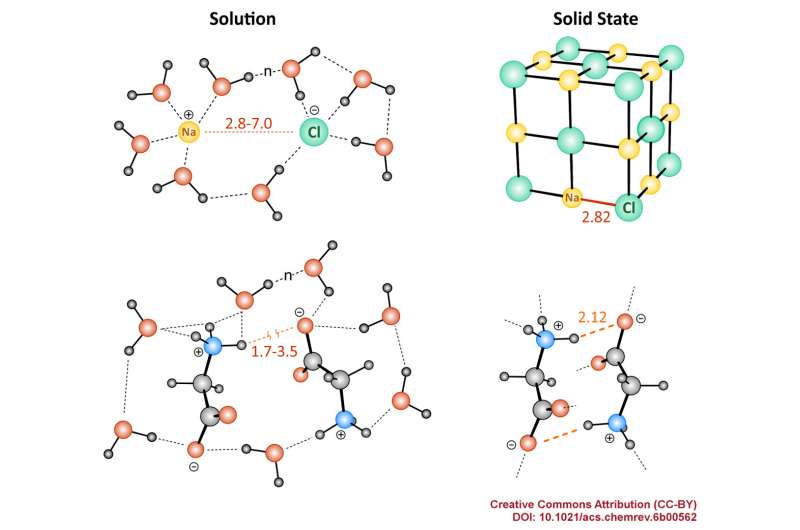Ioliomics as an emerging research discipline

Ioliomics is defined as a rapidly emerging research discipline dealing with the studies of ions in liquid phases and revealing fundamental properties of ionic interactions in biological and chemical systems.
Covalent and ionic bonds are the two major types of chemical bonding in molecular structures and complex molecular architectures. The covalent bond involves sharing of electron pairs between atoms, while ionic bonding is based on the electrostatic attraction between oppositely charged ions. A critical difference between the covalent and ionic bonding is apparent upon changing from solid- to liquid-phase systems. Covalent compounds usually change their structure and electron properties only slightly upon dissolution in water and other liquids. By contrast, in ionic compounds, solvent-solute interactions induce dramatic changes upon dissolution, and the properties of the resulting liquid phase system depend strongly on the media.
In a recent analysis of state-of-the-art research efforts in the area of ionic compounds, a new emerging trend has been identified as ioliomics. The acronym is a combination of IOns and LIquids; the suffix -omics describes the comprehensiveness of the available data. Ioliomics is defined as a research discipline dealing with the studies of ions in liquids (or liquid phases) and stipulated with fundamental differences of ionic interactions.
Studies on ionic interactions drive the development of many demanding applications in biology, chemistry and material science. Applications include ionic channels and ion control in living cells, ionic drugs and drug delivery systems, ion batteries, ionic liquids and electrolytes. Complex ionic systems are challenging for structural and mechanistic studies in solution, and none of the currently available analytic methods can offer a complete characterization. The dynamic behavior and flexible nature of ion-solvent assemblies induce another dimension of structural variation. Thus, comprehensive data analysis is needed.
More information: Ksenia S. Egorova et al. Biological Activity of Ionic Liquids and Their Application in Pharmaceutics and Medicine, Chemical Reviews (2017). DOI: 10.1021/acs.chemrev.6b00562
Journal information: Chemical Reviews
Provided by Zelinsky Institute of Organic Chemistry





















